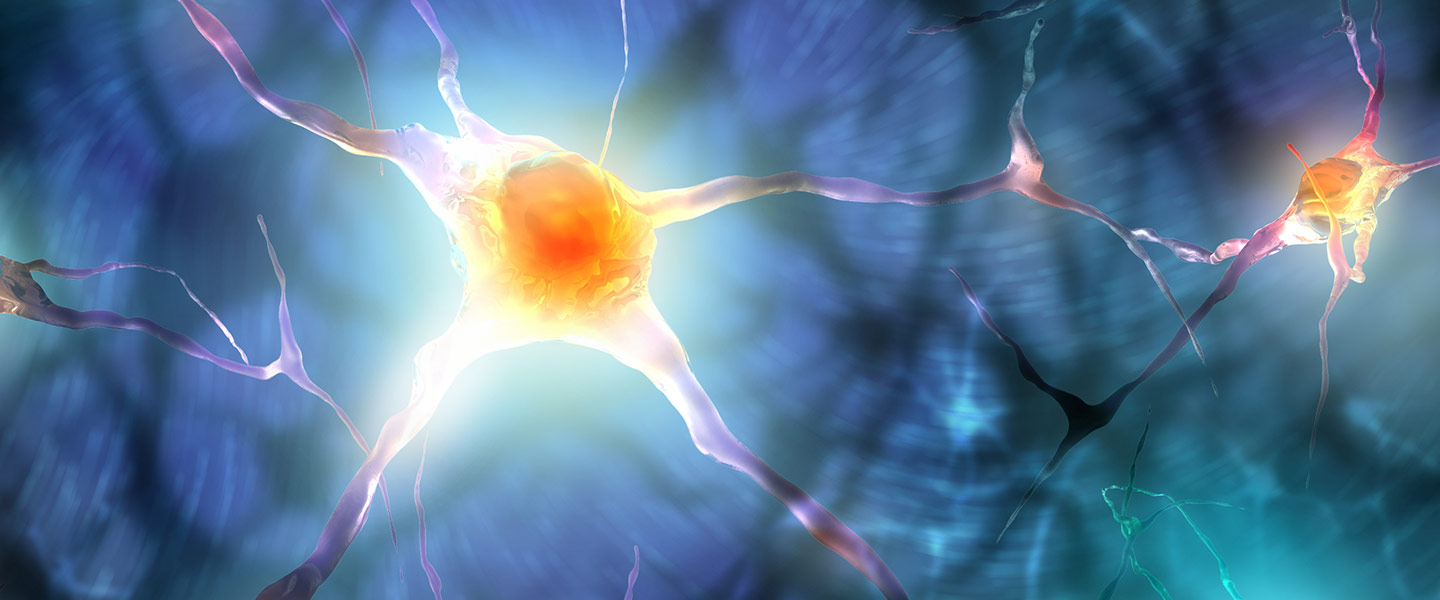New Research Defines Molecular Pathway That May Cause Psychosis in Some Types of Schizophrenia
New Research Defines Molecular Pathway That May Cause Psychosis in Some Types of Schizophrenia

In a schizophrenia-related disorder known as 22q11.2 deletion syndrome (22q11DS), altered activity along a single molecular pathway can lead to disruptions in neural connections in the brain that might cause psychosis, according to new research. Published November 28, 2016 in Nature Medicine, the work points to a new target that has the potential to treat the disease with fewer side effects than existing therapies.
22q11DS is a genetic disease, caused by deletion of 1.5 – 3 million DNA letters located on chromosome 22 of the human genome. The disease is associated with behavioral abnormalities from a young age, but as patients reach young adulthood, approximately 30% will develop symptoms of schizophrenia, including auditory hallucinations and other psychotic symptoms.
The psychosis associated with 22q11DS and other schizophrenia-related disorders is often effectively treated with antipsychotic drugs that inhibit important signaling molecules in the brain, known as dopamine receptors. Still, this medication has significant side effects, so researchers have been looking for alternative therapies.
The new research helps to explain how an antipsychotic drug works in patients with 22q11DS and at the same time suggests alternative therapeutic targets. The research was led by Stanislav S. Zakharenko, M.D., Ph.D., a 2004 NARSAD Young Investigator grantee and 2015 NARSAD Independent Investigator grantee, at St. Jude Children’s Research Hospital. Fei Du, Ph.D., and Sungkun Chun, Ph.D., were lead authors on the publication describing the research.
To study the molecular basis of the disease, the research team took advantage of mice with a genetic mutation that mimics the chromosomal disruptions found in patients with 22q11DS. In their previous work published in Science in 2014, the group found that deletion of the gene Dgcr8, which is within the larger region involved in 22q11DS, is responsible for the synthesis of small RNA molecules called “microRNAs” that target expression of other genes, causing neural disruption. The team then began a search for a specific microRNA that targets dopamine receptors. They found that expression of a microRNA called miR-388-3p is decreased in the thalamus, a region of the brain associated with psychosis. They also found that miR-338-3p targets dopamine receptors,, so loss of this microRNA leads to elevated levels of receptor in 22q11DS animals.
At the same time, neural connections between the thalamus and the auditory cortex are disrupted in mice lacking miR-338-3p, suggesting that this microRNA may be responsible for the auditory hallucinations that patients experience, the researchers say. The team found that increasing miR-338-3p expression was sufficient to restore normal neural signaling in the animal brain. Based upon these results, they are exploring methods to replenish miR-338-3p expression in patients as an alternative therapeutic strategy to treat 22q11DS and related diseases.


